curious george
ACCESS: Secret
- Joined
- 4 November 2010
- Messages
- 214
- Reaction score
- 63
CostasTT said:That's what I wrote. The PROJECTILE (the thingy that comes out of the barrel) was the same. The CASING was not, which made the complete rounds different.
Sure they are. But read again how the 77mm round was developed.Kadija_Man said:CostasTT said:That's what I wrote. The PROJECTILE (the thingy that comes out of the barrel) was the same. The CASING was not, which made the complete rounds different.
But they are fixed case rounds, not separate loading, which means putting the number 17 on the breech would not indicate the round to be fired.
Herman said:I recently had the opportunity to visit the SA Armour museum and 1 SAI in Bloemfontein. Took a number of photo's with my tablet (Android), including some of a prototype of the Rooikat which I have never seen before. The vehicle is fitted with a two-man turret, with a 105mm gun and an autoloader.
I know this is stupid, but how can I post the photo's on this forum?
Herman said:I recently had the opportunity to visit the SA Armour museum and 1 SAI in Bloemfontein. Took a number of photo's with my tablet (Android), including some of a prototype of the Rooikat which I have never seen before. The vehicle is fitted with a two-man turret, with a 105mm gun and an autoloader.
I know this is stupid, but how can I post the photo's on this forum?
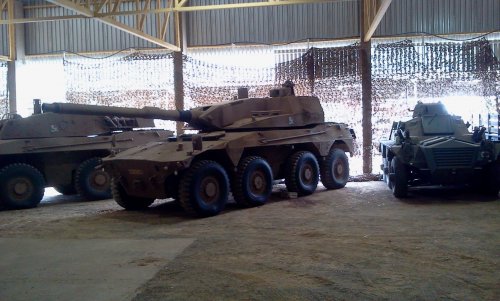
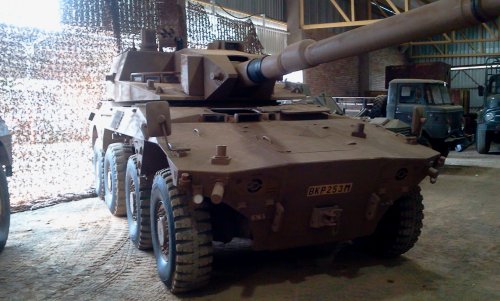
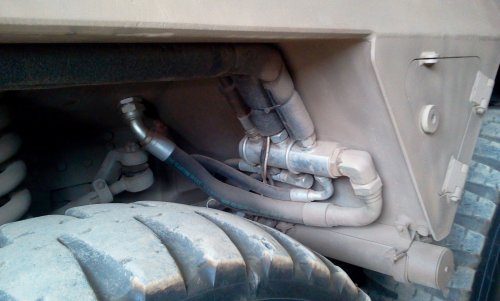
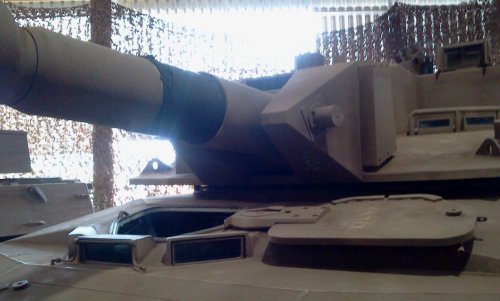
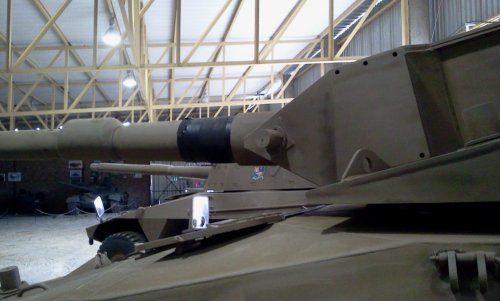
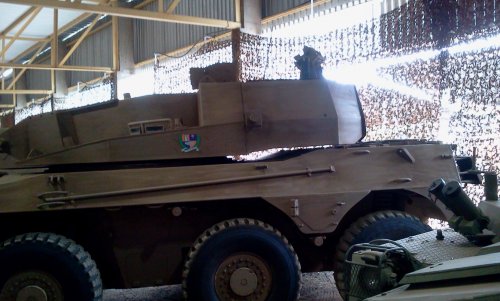
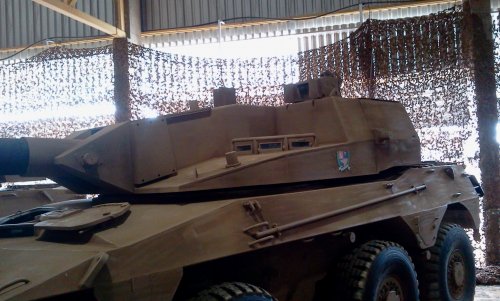
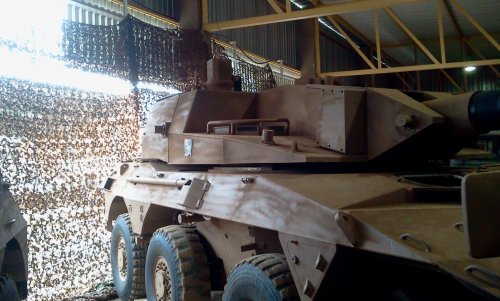
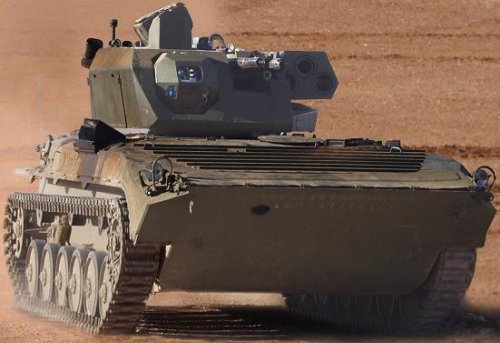
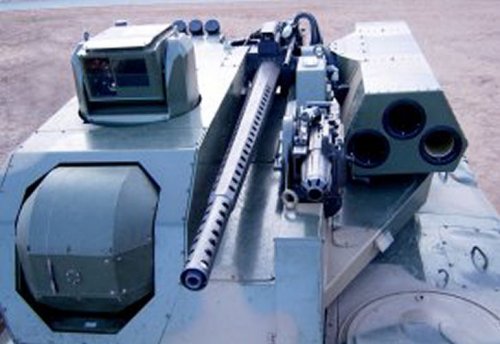
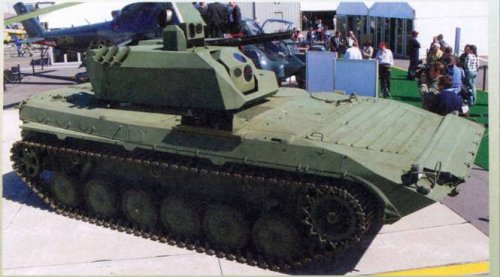
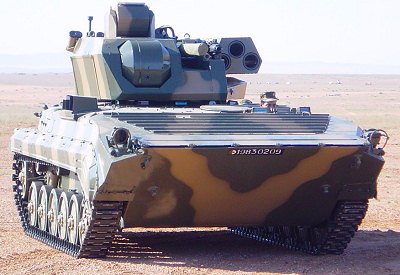
Herman said:Reply to post #836.
Thanks for the info. The turrets on display in Bloemfontein are probably early prototypes:no grenade launcher fitted. I did not see a co-ax machine gun either but I admit that I did not examine the thing very carefully. The light was poor and I wanted to get to the Rooikat. Next to this vehicle there was also parked a Polish T72 with a South African fire-control system fitted.
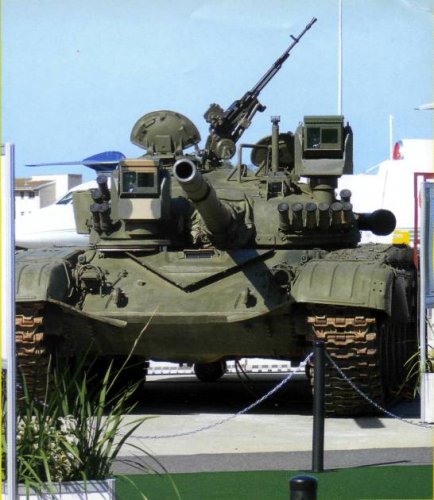
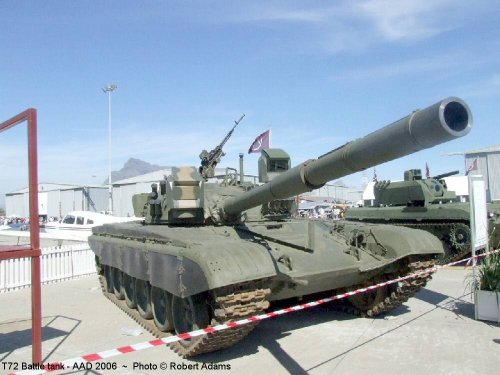
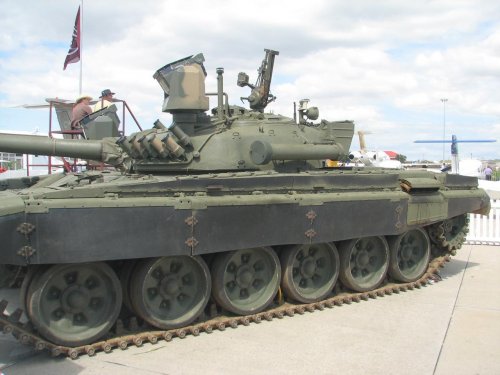
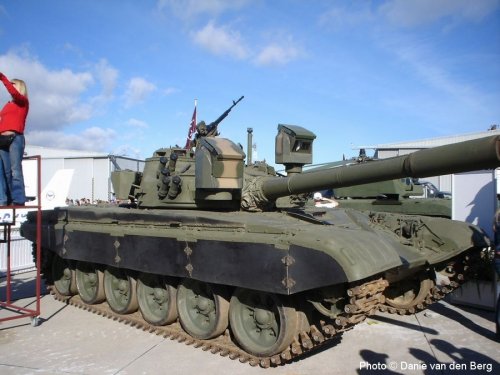
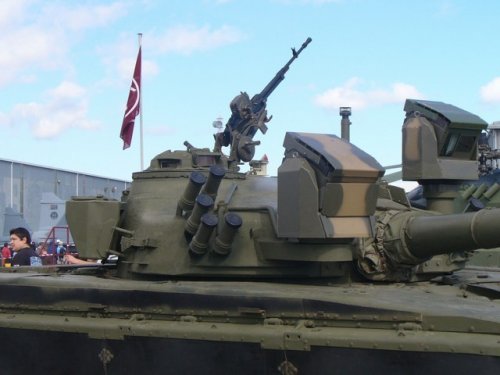
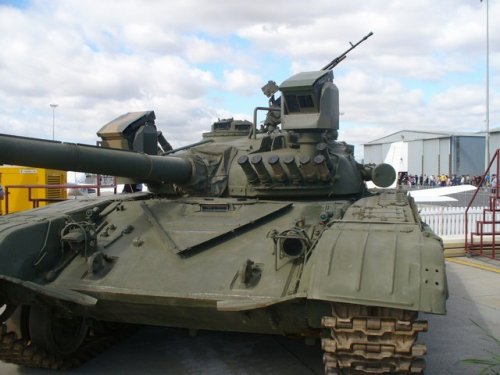
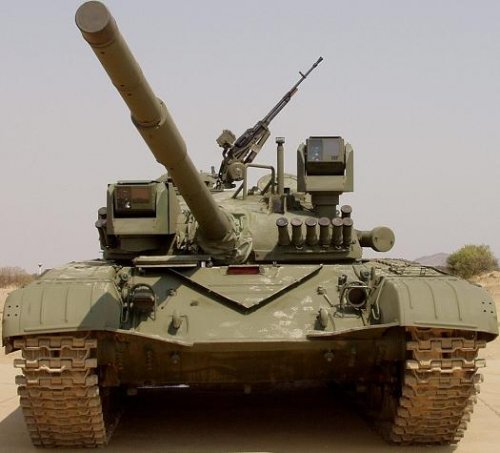
xiaofan said:Not long ago found these on http://strangernn.livejournal.com/927099.html
They're Hermans pics from earlier in this thread, post 817 to 819.curious george said:xiaofan said:Not long ago found these on http://strangernn.livejournal.com/927099.html
Which came from here?
Herman said:Reply to post #846:
Don't have a clue. I've also never seen any reference to it. I was at the museum in November 2012 and it wasn't there then. I expect it is probably something from about 2011. It may be, and this is pure speculation, a turret that was developed for somebody else and only fitted to a Rooikat chassis for testing. Afaik it has been decided that the S.A Rooikats are to stay with their tiny 76mm rifles rather that being upgraded to 105mm. It therefore seems unlikely that the turret was developed for S.A.
As far as the 76mm guns are concerned, it is interesting to note that armored cars and tracked vehicles of the weight of the Rooiat are now almost routinely being fitted with 120mm smooth bore guns. S.A.'s Rooikats are really undergunned. If one should fit the cars with an autoloading 76mm gun however, it becomes a different kettle of fish.
JFC Fuller said:I was looking for something else today and noticed something potentially mildly interesting. The auto-loading 105mm Rooikat turret is very reminiscent of the turret installed on the Polish Anders light tank/fire support variant. That turret carries a 120mm RUAG gun but the turret was apparently designed in Poland. The basic layout is remarkably similar though.
See here for the Anders turret: http://www.armyrecognition.com/poland_polish_tanks_heavy_armoured_vehicles_uk/anders_120mm_light_tank_expeditionary_technical_data_sheet_specifications_description_pictures_video.html
